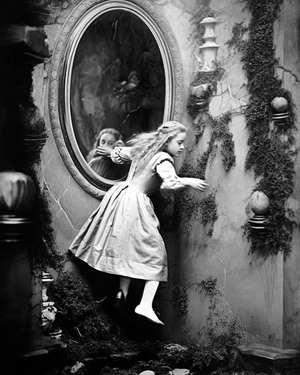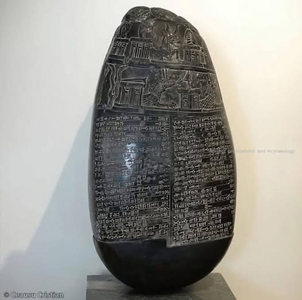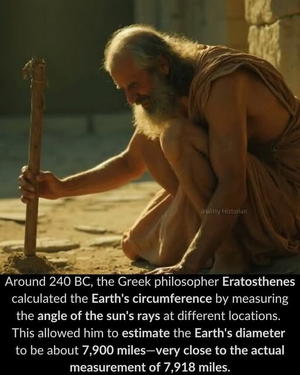The story of Alice, first introduced in Lewis Carroll's Through the Looking-Glass, and What Alice Found There (1871), holds a deep connection to the Victorian era's fascination with alternate realities, paradoxes, and the exploration of one's own identity. The idea of stepping through a mirror to enter another world taps into the Victorian preoccupation with boundaries—be they between childhood and adulthood, reality and fantasy, or the material and the spiritual.
During the late 19th century, the Victorian era was marked by intense intellectual curiosity. It was a time when science, religion, and the supernatural collided, prompting many to question the nature of reality. Alice’s journey through the looking-glass can be seen as a metaphor for a deeper philosophical exploration. Mirrors, throughout history, have symbolized duality—the reflection of oneself, but also the possibility of something more. In Alice's case, the looking-glass serves as a portal to a world that is both familiar and strange, where logic is upended, and the laws of reality seem to bend.
The layers within Alice's story suggest that life itself is a journey of transformation, self-discovery, and the breaking of societal constraints. Alice, though young, embodies a deep sense of curiosity and adventure, reflecting the growing spirit of rebellion and individualism that characterized Victorian youth. At the same time, her journey through the looking-glass speaks to the Victorian obsession with introspection and the search for truth in a rapidly changing world.
In many ways, Alice’s passage through the mirror offers a playful yet profound exploration of the human psyche. As we reflect on her story, we might also consider how we, too, are constantly searching for meaning, whether in dreams, the mysteries of the world around us, or the inner depths of our own minds.





























































